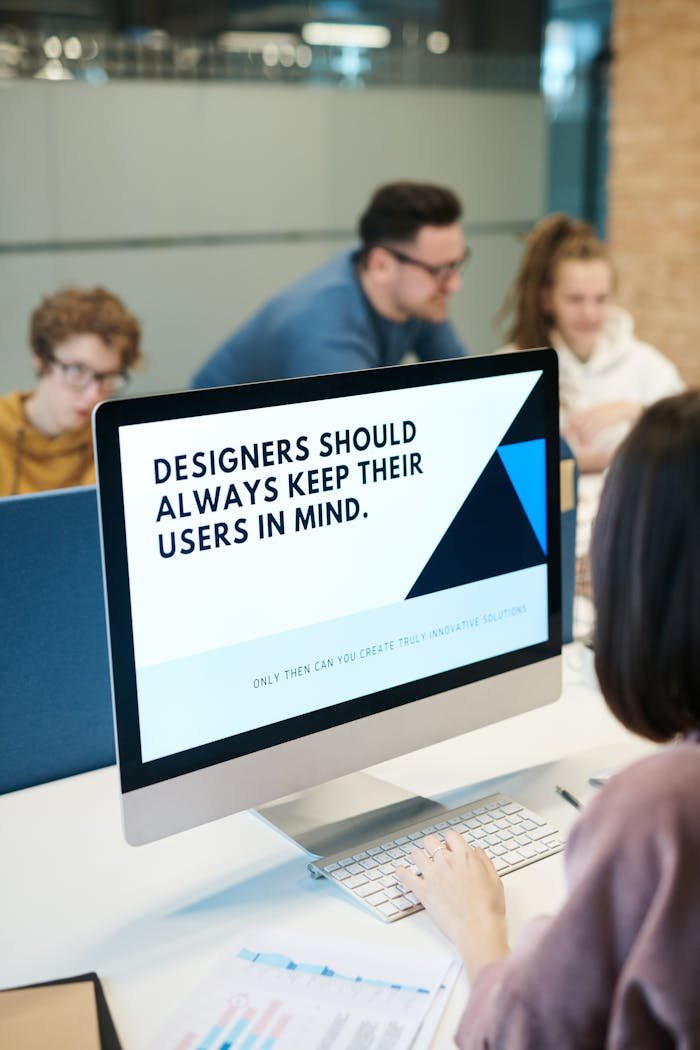The growing demand for coding skills in today’s digital world has led to the development of numerous platforms aimed at teaching programming to beginners. Among them, Scratch, Code.org, and Codecademy stand out as top contenders. Each platform has unique strengths and focuses, catering to different learning styles and goals. This article provides an in-depth comparison of these three platforms, helping beginners choose the best fit for their coding journey.
Why Learning Coding Is Essential Today
Coding is no longer just for tech professionals; it’s a universal skill that fosters problem-solving, creativity, and logical thinking. For beginners, choosing the right platform is crucial in building a strong foundation. Platforms like Scratch, Code.org, and Codecademy make learning accessible and enjoyable.
SEO Keywords:
- best coding platforms
- beginner coding tools
- learning to code
- Scratch coding
- Code.org lessons
Platform 1: Scratch
Overview:
Developed by MIT, Scratch is a block-based visual programming language designed for kids and absolute beginners. Its drag-and-drop interface eliminates the need for typing complex code, making it accessible and fun.
Key Features:
- Ease of Use: No prior coding experience is needed.
- Creativity-Driven: Users create animations, games, and stories.
- Community: A large, supportive online community for sharing projects.
Pros:
- Perfect for young learners (ages 8-16).
- Encourages creative expression alongside coding basics.
- Free to use, with no hidden fees.
Cons:
- Limited scalability for advanced learners.
- Focuses more on logic than actual coding syntax.
Best For:
Scratch is ideal for younger audiences or those completely new to coding who want a gentle introduction.
Platform 2: Code.org
Overview:
Code.org is a nonprofit platform aimed at making computer science accessible to all students. With courses tailored for K-12 learners, it offers a progression from simple coding exercises to more complex programming concepts.
Key Features:
- Progressive Curriculum: Structured lessons that build on prior knowledge.
- Interactive Challenges: Activities include creating simple games and solving puzzles.
- Broad Access: Free resources for schools and educators.
Pros:
- Comprehensive lessons suitable for both kids and older beginners.
- Real-world applications of coding concepts.
- Focus on inclusivity, encouraging diversity in tech.
Cons:
- Limited advanced courses compared to other platforms.
- Requires consistent internet access for full functionality.
Best For:
Code.org is excellent for students who thrive on structured learning and educators seeking classroom-friendly resources.
Platform 3: Codecademy
Overview:
Unlike Scratch and Code.org, Codecademy caters to older learners, including teens and adults. It offers interactive lessons on various programming languages such as Python, JavaScript, and HTML/CSS.
Key Features:
- Interactive Lessons: Code directly in the browser with real-time feedback.
- Wide Range of Languages: Covers foundational and advanced topics.
- Certification: Paid plans include certificates of completion.
Pros:
- Ideal for career-focused learners.
- Scalable content from beginner to intermediate levels.
- Projects and quizzes reinforce learning.
Cons:
- Free content is limited; full access requires a subscription.
- Less community interaction compared to Scratch.
Best For:
Codecademy is a great choice for older beginners ready to dive into real-world programming languages.
Side-by-Side Comparison Table
| Feature | Scratch | Code.org | Codecademy |
|---|---|---|---|
| Target Audience | Kids (8-16) | K-12 Students | Teens & Adults |
| Learning Style | Visual/Creative | Structured/Interactive | Interactive/Project-Based |
| Languages Covered | Block-Based | Block-Based & JavaScript | Python, HTML, JavaScript |
| Cost | Free | Free | Free (Paid Plans Available) |
How to Choose the Right Platform
- For Younger Kids: Scratch’s simplicity and focus on creativity make it perfect.
- For Structured Learning: Code.org provides a clear, progressive pathway.
- For Career-Oriented Learners: Codecademy bridges the gap between beginner coding and professional development.
Conclusion
Scratch, Code.org, and Codecademy are all excellent platforms for beginners, but each caters to a unique audience. By understanding your goals and learning preferences, you can make an informed decision to start your coding journey confidently.

